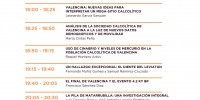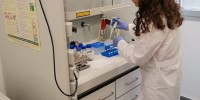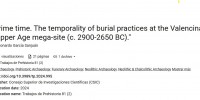Sex estimation based on amelogenin peptides in dental enamel has opened up possibilities to study prehistoric demography in a new light. The application of this technique is of particular importance for the analysis of prehistoric collective burials, where the commingled and disarticulated nature of human remains makes sex estimations challenging. This paper presents data on the sex of 35 individuals from the Late Neolithic-Chalcolithic site of Perdigões (Reguengos de Monsaraz, Portugal), obtained by amelogenin peptide analysis of dental enamel. The results are combined with observations on chronological and spatial distribution of the burial structures as well as strontium isotope data obtained from the same teeth. The new evidence enables the analysis of sex-specific mobility patterns, even at a site where the large majority of human remains discovered to date (MNI = 565) are heavily commingled and highly fragmented. The results show a greater number of males (n = 6) than females (n = 2) among the local individuals, and a balance between males (n = 14) and females (n = 13) among non-local ones, suggesting similar mobility for both sexes. These results are contextualized with the evidence available both for the Iberian Peninsula and the European continent. The greater female mobility observed at sites with similar chronologies in Central Europe, which has been interpreted in terms of female exogamy and patrilocality, is not replicated at Perdigões, where males and females have similar strontium isotope values.
Link: Archaeological and Anthropological Sciences (2025) 17:92
https://doi.org/10.1007/s12520-025-02205-7



